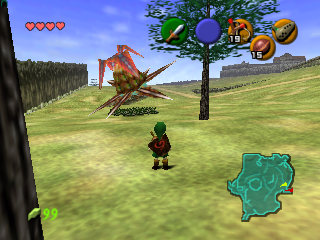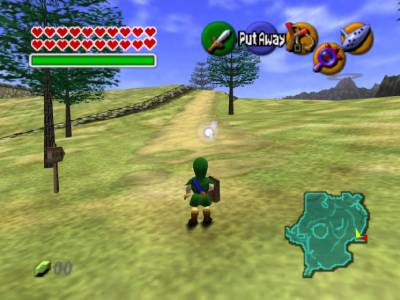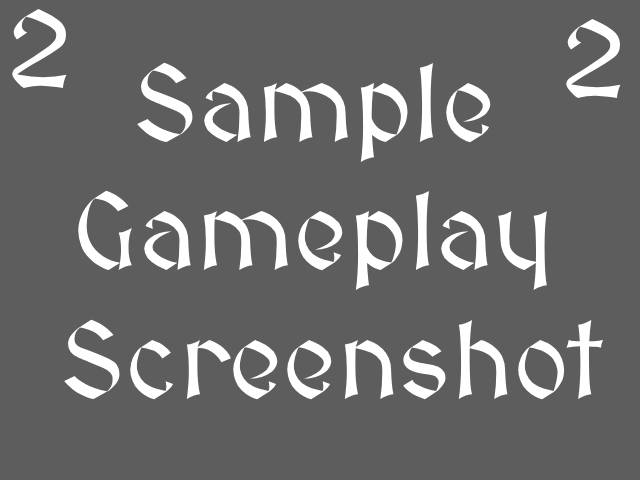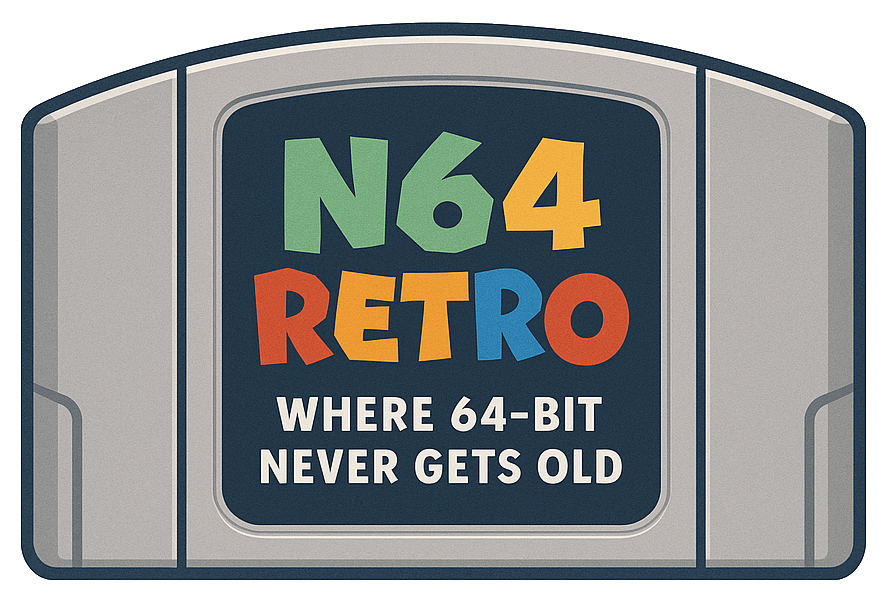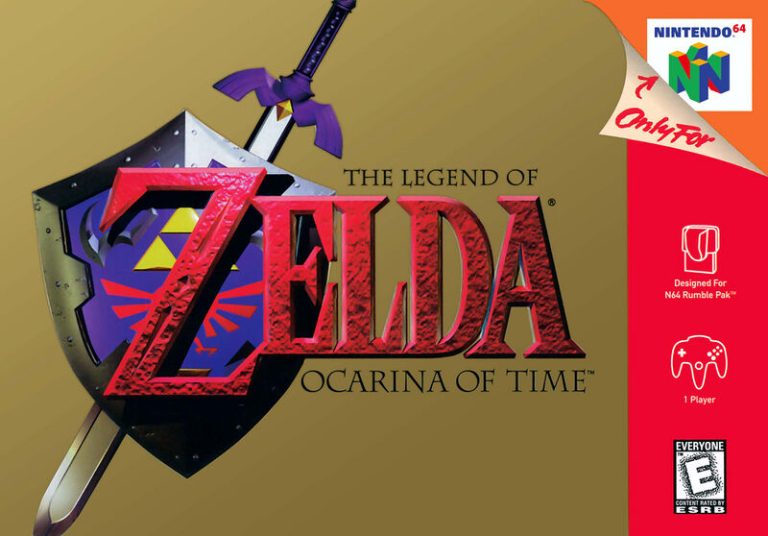Game Stats
- Developer: Nintendo
- Publisher: Nintendo
- Genre: Action Adventure
- PAL Release Date: 17/11/2000
- Metacritic Score: 89
- Single/Multiplayer: Single
- Expansion Pak Compatible: Yes
- Available on Nintendo Switch Online: Yes
What We Said Then
Nintendo’s The Legend of Zelda: Majora’s Mask takes the series in a darker, more experimental direction on the Nintendo 64. Built on Ocarina of Time’s engine, it trades grand adventure for a tense, time-driven narrative. Link must relive the same three days repeatedly, using masks to gain new powers and uncover the secrets of Termina before the moon crashes down. The cycle creates urgency and depth, encouraging exploration and careful planning. While smaller in scope, its atmosphere, haunting story, and unique mechanics make it one of the most ambitious sequels ever. Majora’s Mask is bold, unsettling, and unforgettable.
What We Say Now
Following the monumental success of Ocarina of Time, Nintendo faced the daunting task of delivering a worthy sequel on the Nintendo 64. In 2000, just two years later, they unveiled The Legend of Zelda: Majora’s Mask. Rather than repeating the grand, heroic adventure of its predecessor, Nintendo crafted something darker, stranger, and more experimental. The result is one of the most unique entries in the series – a cult classic that continues to divide and fascinate players.
At its core, Majora’s Mask is a tale about time, loss, and inevitability. The story begins with Link, having left Hyrule in search of his missing friend Navi, stumbling into the parallel world of Termina. This land faces annihilation within three days as a menacing moon looms ever closer. Link must relive these same three days repeatedly, using the mystical Song of Time to rewind events and gradually piece together a way to save Termina from destruction. Unlike Ocarina of Time’s traditional “hero defeats evil” arc, this narrative is more intimate and haunting, with themes of grief, transformation, and redemption woven throughout.
Gameplay distinguishes Majora’s Mask most sharply from its predecessor. The repeating three-day cycle, lasting roughly one hour of real time, is both the game’s greatest strength and biggest hurdle. It adds a constant sense of urgency – NPCs follow schedules, events unfold at specific hours, and the player must carefully plan Link’s actions to make progress. This system was groundbreaking in 2000 and still feels ambitious today. While some players found it stressful or restrictive, others embraced it as a clever layer of strategy and immersion.
The mask mechanic deepens the experience further. Link can acquire over two dozen masks, each with unique powers, from simple cosmetic changes to transformative abilities. The three primary transformation masks – Deku, Goron, and Zora – completely alter Link’s abilities, enabling him to solve puzzles and access new areas in creative ways. Beyond mechanics, the masks often represent personal stories of loss and closure, giving side quests an emotional weight rarely seen in games of the era.
Graphically, Majora’s Mask reuses much of Ocarina of Time’s engine and assets, but the art direction gives Termina a very different feel. The world is darker, more surreal, with distorted characters and unsettling imagery that amplify the looming apocalypse. While some critics at the time saw this reuse as a shortcut, the overall effect is striking: Termina feels familiar yet off-kilter, which perfectly suits the game’s unsettling atmosphere.
The soundtrack by Koji Kondo further enhances the mood. From the eerie ticking of the “Song of Healing” to the mournful tones of Clock Town’s variations across the three days, music in Majora’s Mask reinforces its themes of dread and hope. Few game soundtracks capture atmosphere so powerfully, and its melodies linger long after the credits roll.
In terms of difficulty, Majora’s Mask is more challenging than Ocarina of Time. The time pressure, tougher puzzles, and demanding dungeons require sharper focus. Some players find this rewarding, others frustrating, but there’s no denying the sense of accomplishment when Link successfully averts catastrophe. Replayability is high thanks to the intricate web of side quests, many of which tell deeply human stories that enrich Termina’s world.
Ultimately, Majora’s Mask is not the straightforward hero’s journey of its predecessor, but something bolder. It dares to explore melancholy, mortality, and the passage of time in a way few games had attempted. While divisive upon release, its reputation has only grown, and today it stands as one of the most daring and memorable Zelda titles.
Gameplay Video
Screenshots
